Home>Gardening & Outdoor>Landscaping Ideas>How To Protect Grass Under A Swing
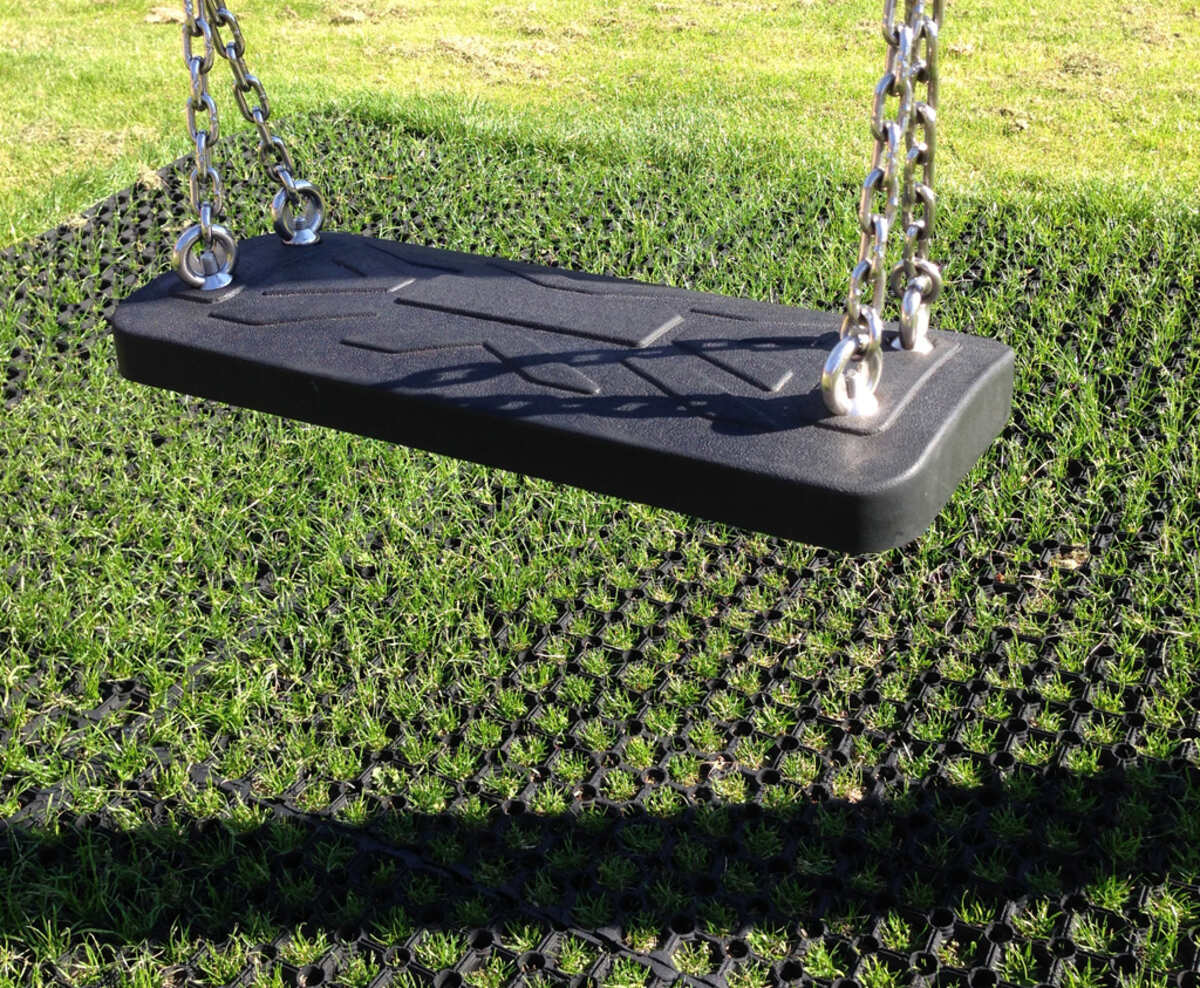

Landscaping Ideas
How To Protect Grass Under A Swing
Published: January 25, 2024
Learn effective landscaping ideas to protect grass under a swing. Discover tips for maintaining a lush lawn while enjoying your outdoor swing.
(Many of the links in this article redirect to a specific reviewed product. Your purchase of these products through affiliate links helps to generate commission for Storables.com, at no extra cost. Learn more)
Introduction
When it comes to creating a beautiful and functional outdoor space, a lush green lawn is often the centerpiece. However, maintaining the integrity of your grass can be a challenge, especially when it comes to high-traffic areas such as beneath a swing. Whether it's a classic wooden swing or a modern hammock chair, the constant movement and pressure can take a toll on the grass, leading to bare patches, soil compaction, and overall damage to the lawn.
Fear not, as there are several effective strategies you can employ to protect the grass under a swing while still enjoying this delightful outdoor feature. From choosing the right location for the swing to implementing a protective barrier and utilizing grass-friendly materials, there are practical steps you can take to preserve the health and beauty of your lawn.
In this comprehensive guide, we will explore the best practices for safeguarding the grass under a swing, ensuring that your outdoor sanctuary remains a vibrant and inviting space for relaxation and play. By following these tips and techniques, you can strike a harmonious balance between enjoying your swing and maintaining a flourishing lawn. Let's dive in and discover how to protect the grass under a swing with confidence and ease.
Key Takeaways:
- Choose a sturdy, healthy grass area for your swing to minimize damage. Avoid uneven ground and excessive shade, and maintain a safe distance from obstacles.
- Protect your grass by installing barriers, using grass-friendly swing materials, and maintaining the lawn regularly. This ensures a beautiful, resilient outdoor space for swinging and relaxation.
Read more: How To Protect Decking
Choosing the Right Location for the Swing
Before you install a swing in your yard, it’s essential to carefully consider the location to minimize the impact on your grass. Selecting the right spot can help prevent excessive wear and tear on the lawn while ensuring that the swing remains a focal point of your outdoor space.
Here are some key factors to keep in mind when choosing the ideal location for your swing:
- Grass Density: Assess the density of the grass in different areas of your yard. Choose a spot with robust, healthy grass that can better withstand the pressure from the swing’s motion. Avoid placing the swing in areas with sparse or struggling grass, as this can exacerbate damage.
- Even Ground: Look for a level area with even ground to set up the swing. Uneven terrain can lead to uneven weight distribution and unnecessary stress on specific areas of the lawn, potentially causing damage over time.
- Distance from Obstacles: Ensure that the swing is positioned at a safe distance from trees, shrubs, and other obstacles. This prevents collisions and minimizes the risk of branches or foliage encroaching on the swing’s trajectory, which could harm both the vegetation and the swing itself.
- Sunlight Exposure: Consider the sun’s path throughout the day and select a location that offers a balance of shade and sunlight. Prolonged shade can hinder grass growth, while excessive sun exposure may lead to dry, stressed turf. Finding a spot with a healthy balance of light conditions can benefit the grass underneath the swing.
By thoughtfully evaluating these factors, you can identify an optimal location that safeguards your grass while providing an enjoyable setting for swinging and relaxation. Once you’ve chosen the perfect spot, you’ll be ready to take the next steps in protecting the grass under your swing.
Installing a Protective Barrier
Creating a protective barrier around the swing area is an effective way to shield the grass from excessive wear and tear. This barrier not only helps maintain the integrity of the lawn but also adds a decorative element to the outdoor space. Here are some practical methods for installing a protective barrier:
- Edging Materials: Utilize durable edging materials such as plastic, metal, or stone to define the perimeter around the swing. These materials provide a clear separation between the swing area and the surrounding grass, preventing the grass from being trampled or displaced.
- Border Plantings: Incorporate low-maintenance plants, such as ornamental grasses or ground cover, along the perimeter to create a natural barrier. These plantings not only enhance the visual appeal of the swing area but also serve as a protective buffer for the grass, absorbing some of the impact from swinging activities.
- Mulch or Gravel Beds: Consider creating a designated area around the swing with a layer of mulch or gravel. This not only delineates the swing space but also provides a stable surface for foot traffic, reducing the direct impact on the grass underneath.
When installing a protective barrier, it’s important to ensure that it complements the overall aesthetic of your outdoor environment while effectively safeguarding the grass. By establishing a clear boundary and implementing protective measures, you can preserve the health and appearance of the grass under the swing, creating a cohesive and well-protected outdoor space.
Consider placing a protective mat or thick layer of mulch under the swing to prevent grass damage. Regularly move the swing to different spots to allow the grass to recover.
Using Grass-Friendly Materials for the Swing
Choosing the right materials for your swing can significantly impact the well-being of the grass beneath it. By opting for grass-friendly materials and thoughtful installation techniques, you can minimize the negative effects on the lawn while enjoying the pleasures of swinging. Consider the following strategies to ensure that your swing is harmonious with the surrounding grass:
- Swing Base: If you’re installing a traditional swing set, ensure that the base is designed to distribute weight evenly and minimize ground impact. Opt for a broad and stable base that reduces soil compaction and prevents concentrated pressure on the grass.
- Hanging Mechanism: When setting up a hammock or hanging swing, use tree-friendly straps or suspension systems designed to protect the tree and the surrounding vegetation. Avoid using ropes or chains that can cause damage to tree bark and branches, promoting a healthier environment for both the tree and the grass below.
- Ground Cover: Place a protective layer of grass-friendly material, such as rubber mulch or soft padding, beneath the swing to cushion the impact and minimize soil compaction. This additional layer provides a buffer for the grass and promotes a safer and more comfortable swinging experience.
By prioritizing grass-friendly materials and installation methods, you can mitigate the potential damage to the lawn while ensuring that your swing remains a delightful and sustainable feature of your outdoor landscape.
Regular Maintenance and Care
After implementing protective measures and selecting an optimal location for the swing, regular maintenance and care are essential to preserve the health of the grass underneath. By incorporating simple yet effective maintenance practices, you can uphold the integrity of the lawn and ensure that it thrives despite the presence of the swing. Here are some key maintenance tasks to consider:
- Grass Trimming: Regularly mow the grass around the swing area to maintain an even and well-groomed appearance. Proper trimming prevents the grass from becoming overgrown and encroaching on the swing, reducing the risk of entanglement and damage during swinging activities.
- Soil Aeration: Periodically aerate the soil beneath the swing to alleviate compaction and promote healthy root growth. Aerating the soil enhances water and nutrient absorption, fostering robust grass growth and resilience in high-traffic areas.
- Overseed Bare Patches: If bare patches or thinning areas develop beneath the swing, overseed the affected areas to encourage new grass growth. Choose high-quality grass seed suitable for your specific lawn conditions and apply it according to the recommended guidelines for optimal germination.
- Regular Watering: Ensure that the grass under the swing receives adequate hydration, especially during dry periods. Consistent watering helps maintain the vigor of the grass and minimizes stress caused by swinging and foot traffic.
- Monitoring for Signs of Stress: Keep a watchful eye on the grass under the swing for signs of stress, such as discoloration, thinning, or compacted soil. Promptly address any issues by adjusting maintenance practices or implementing additional protective measures as needed.
By incorporating these maintenance tasks into your lawn care routine, you can effectively protect the grass under the swing and promote its long-term health and vitality. With proper attention and care, your lawn can thrive alongside the joy of swinging, creating a harmonious and inviting outdoor environment for years to come.
Read more: How To Protect Green Space
Conclusion
Protecting the grass under a swing is not only a practical endeavor but also an opportunity to enhance the beauty and resilience of your outdoor space. By carefully selecting the swing’s location, installing a protective barrier, using grass-friendly materials, and implementing regular maintenance practices, you can safeguard the health of your lawn while enjoying the pleasures of swinging.
Creating a harmonious coexistence between the swing and the grass involves thoughtful planning and ongoing care. By choosing a suitable location with healthy grass density, ensuring even ground, and considering sunlight exposure, you can minimize the impact on the lawn from the outset. Installing a protective barrier, whether through edging materials, border plantings, or mulch beds, adds a layer of defense for the grass while enhancing the aesthetic appeal of the swing area.
Opting for grass-friendly materials and employing proper installation techniques for the swing further mitigates potential damage to the lawn, fostering a sustainable and enjoyable outdoor environment. Additionally, regular maintenance tasks such as grass trimming, soil aeration, overseeding, and consistent watering play a crucial role in preserving the grass under the swing and promoting its overall vitality.
By integrating these strategies and practices into your landscaping routine, you can create a thriving and resilient lawn that coexists harmoniously with the delightful presence of a swing. With careful consideration and proactive care, you can enjoy the simple pleasures of swinging while nurturing a lush and inviting outdoor retreat for relaxation and recreation.
Embracing the balance between playfulness and preservation, you can savor the timeless joy of swinging while cultivating a flourishing and resilient lawn, ensuring that your outdoor oasis remains a source of delight for years to come.
Frequently Asked Questions about How To Protect Grass Under A Swing
Was this page helpful?
At Storables.com, we guarantee accurate and reliable information. Our content, validated by Expert Board Contributors, is crafted following stringent Editorial Policies. We're committed to providing you with well-researched, expert-backed insights for all your informational needs.
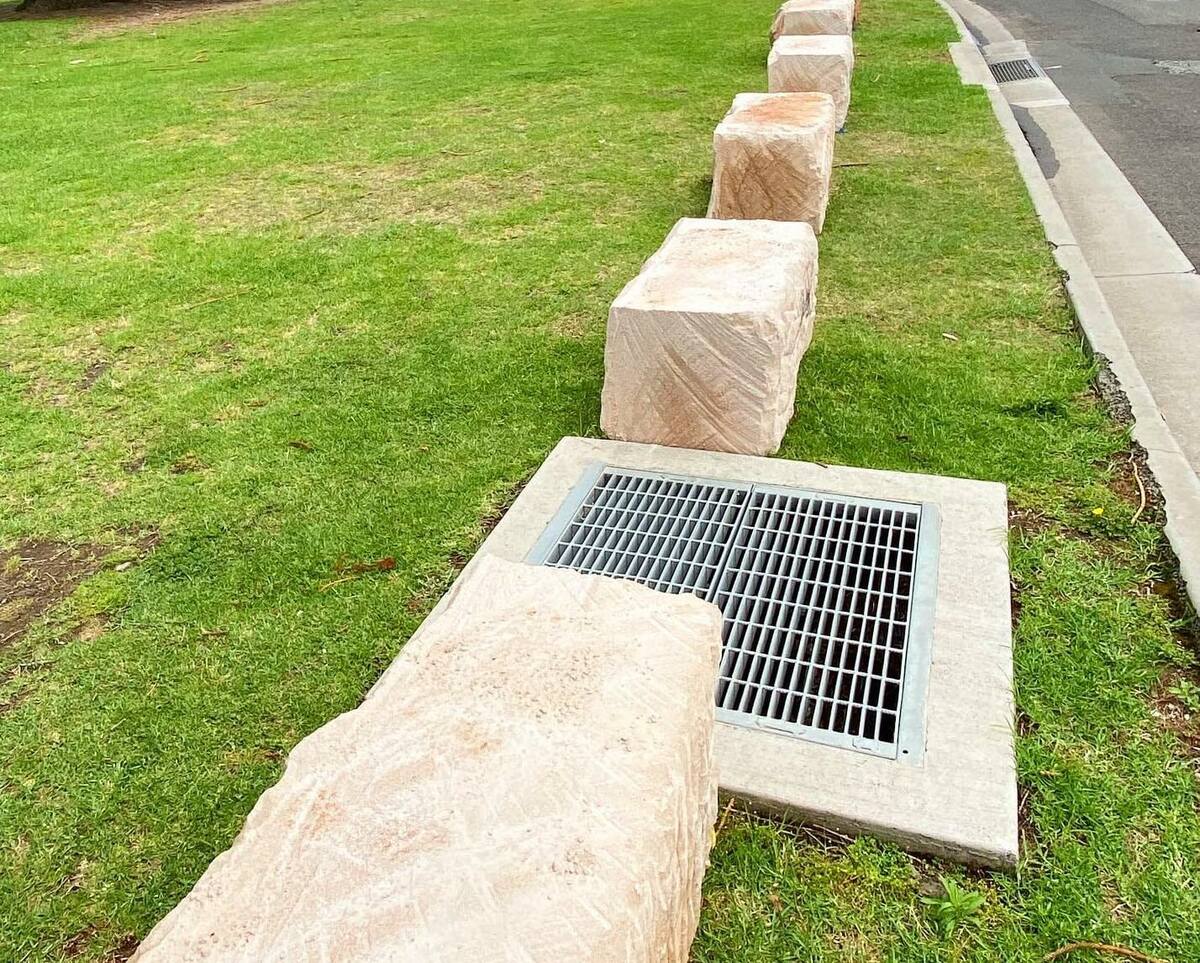
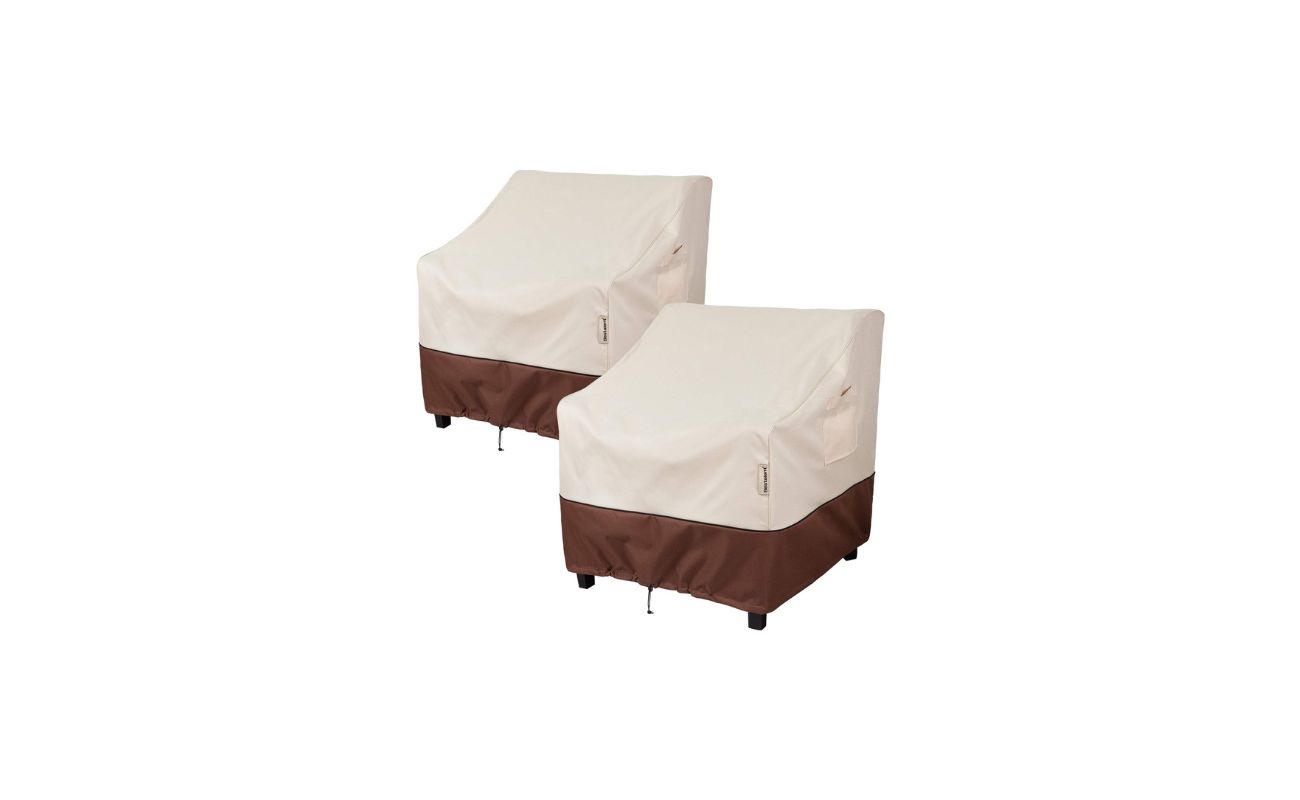
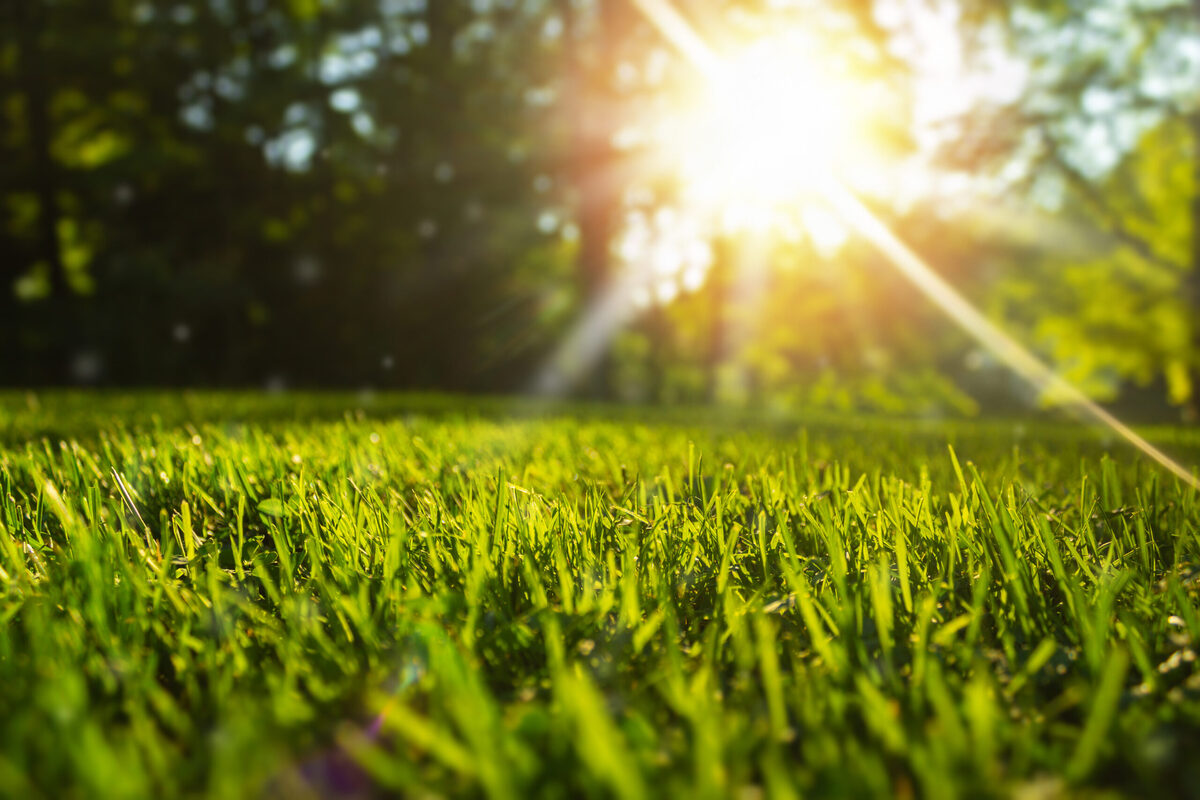
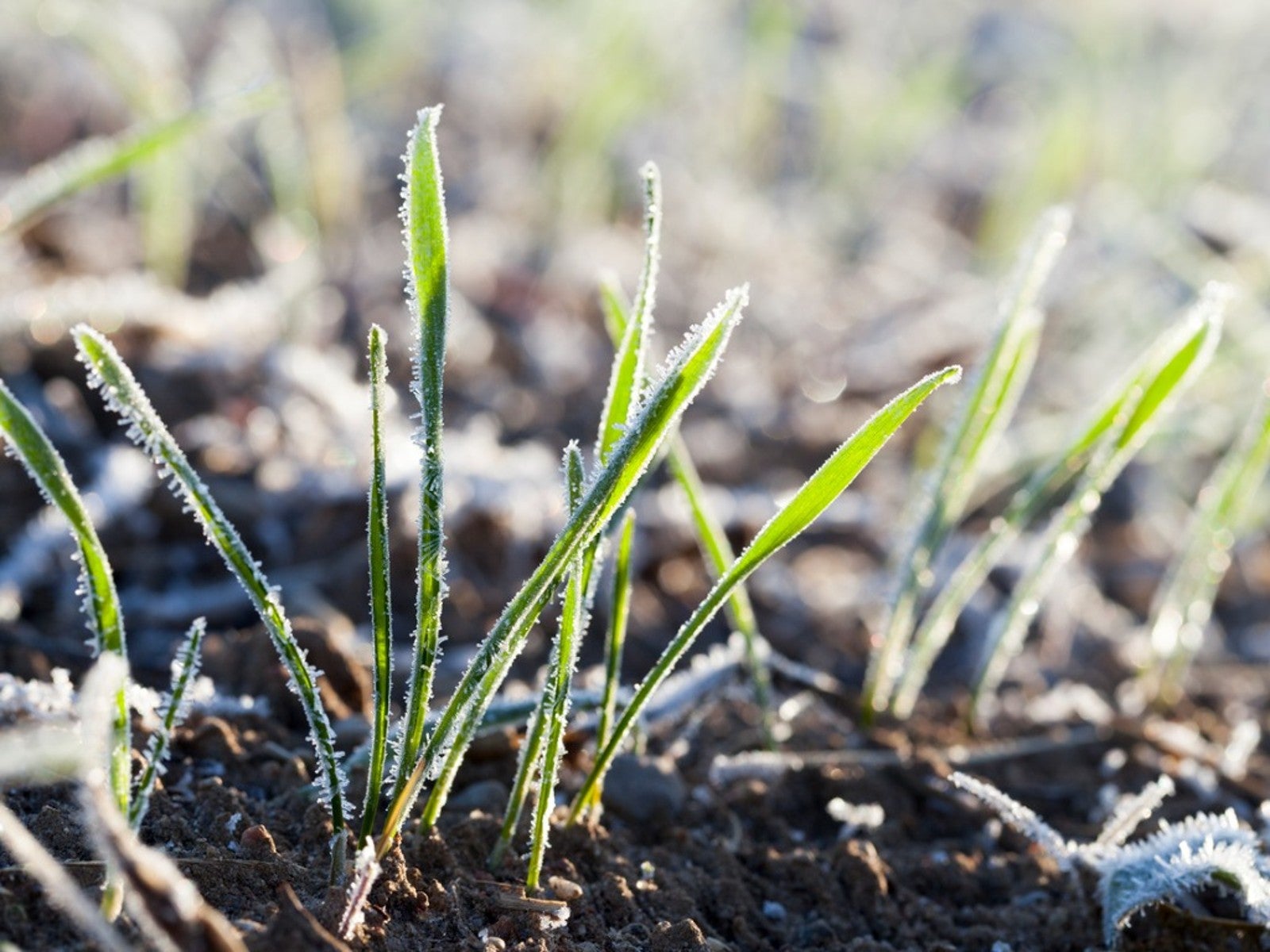
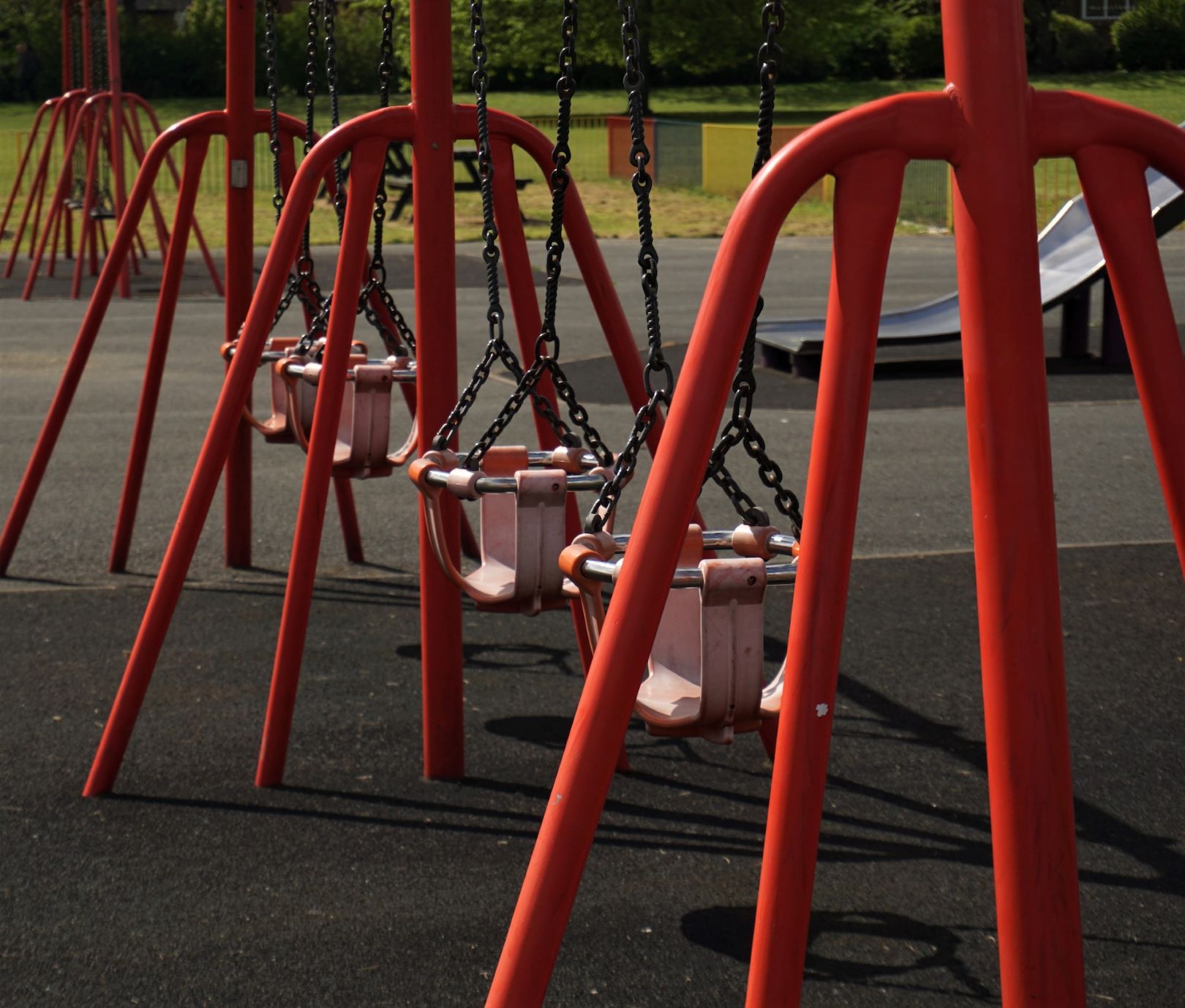
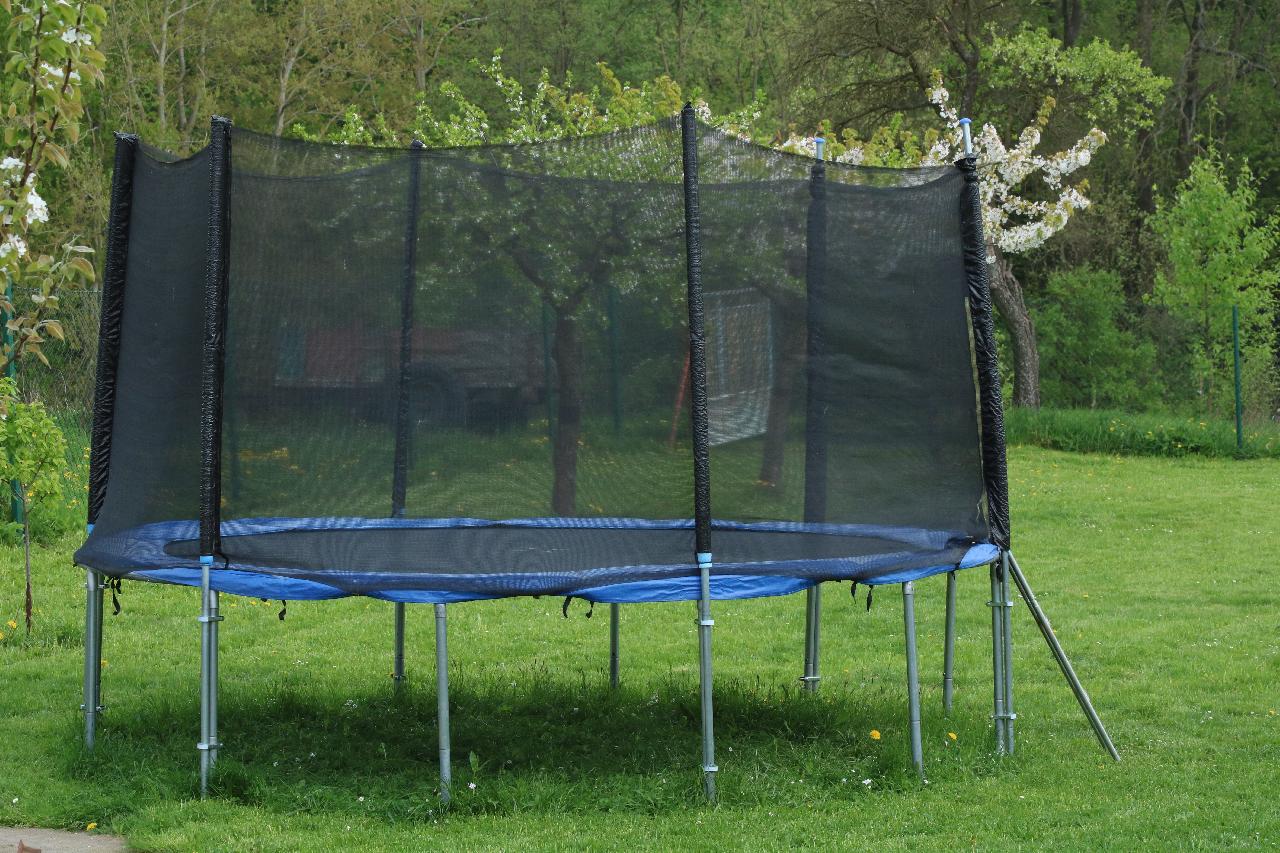
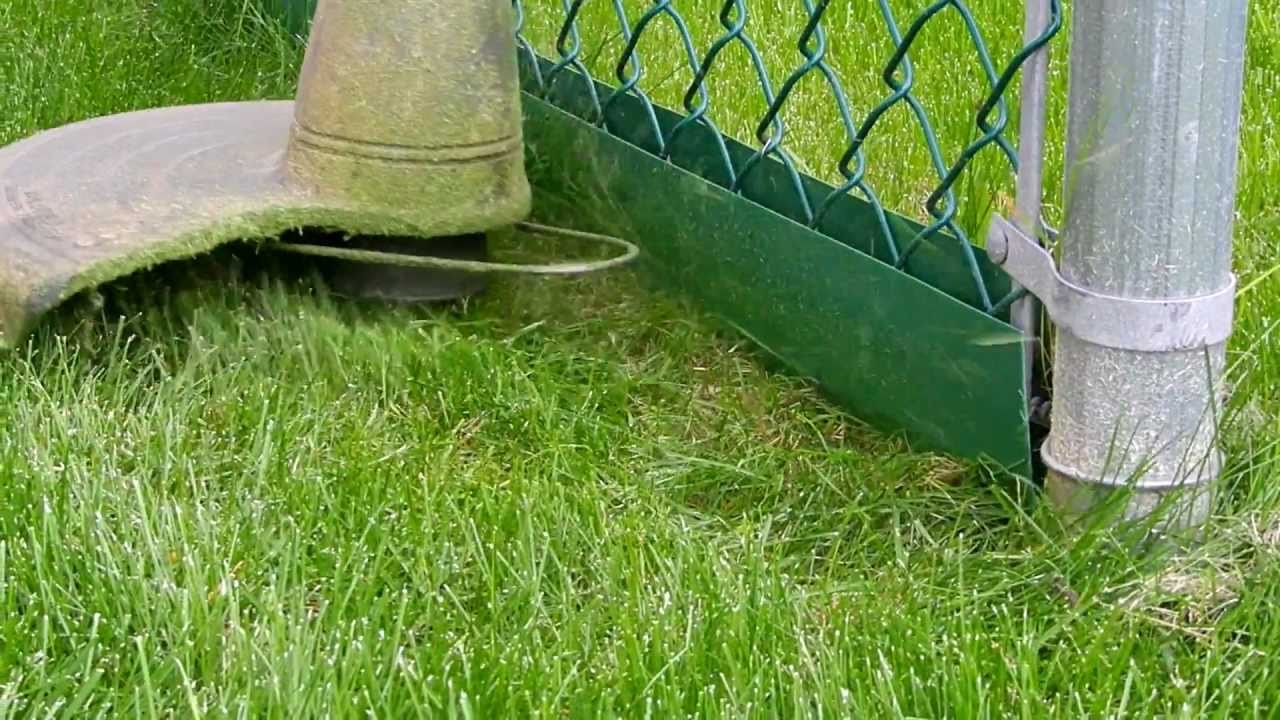
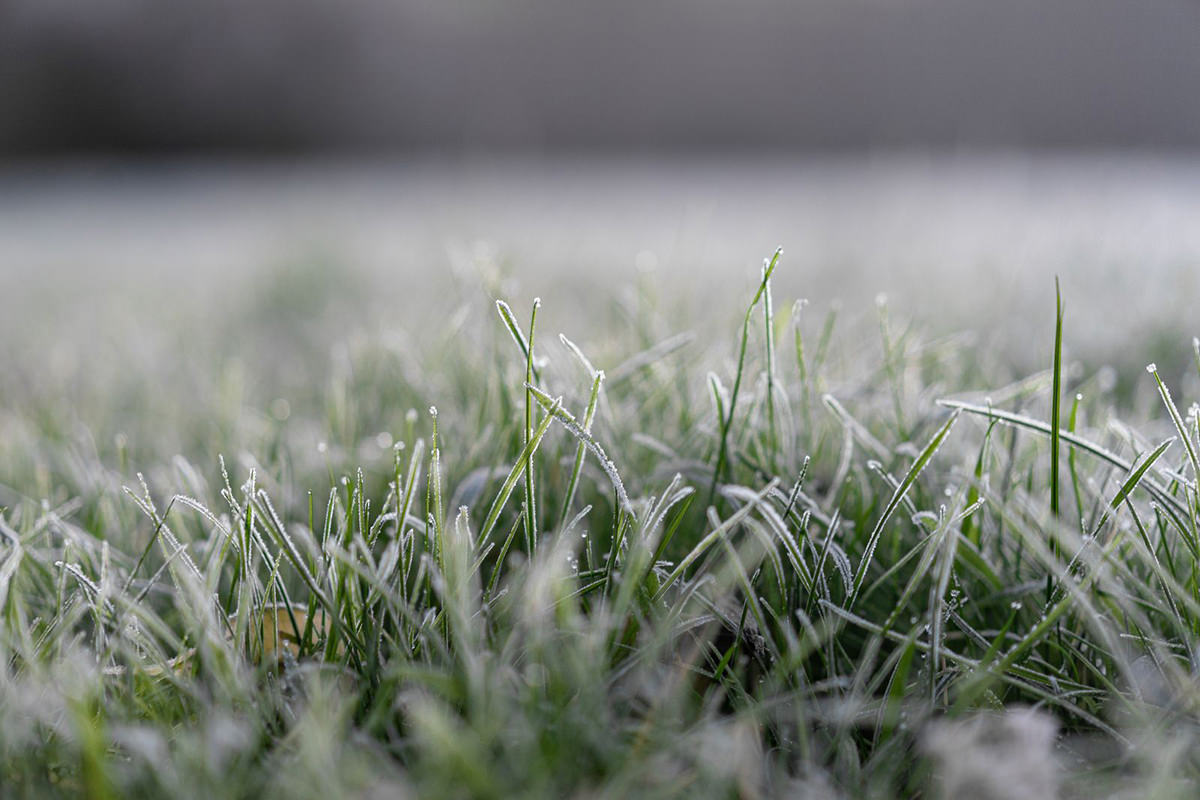
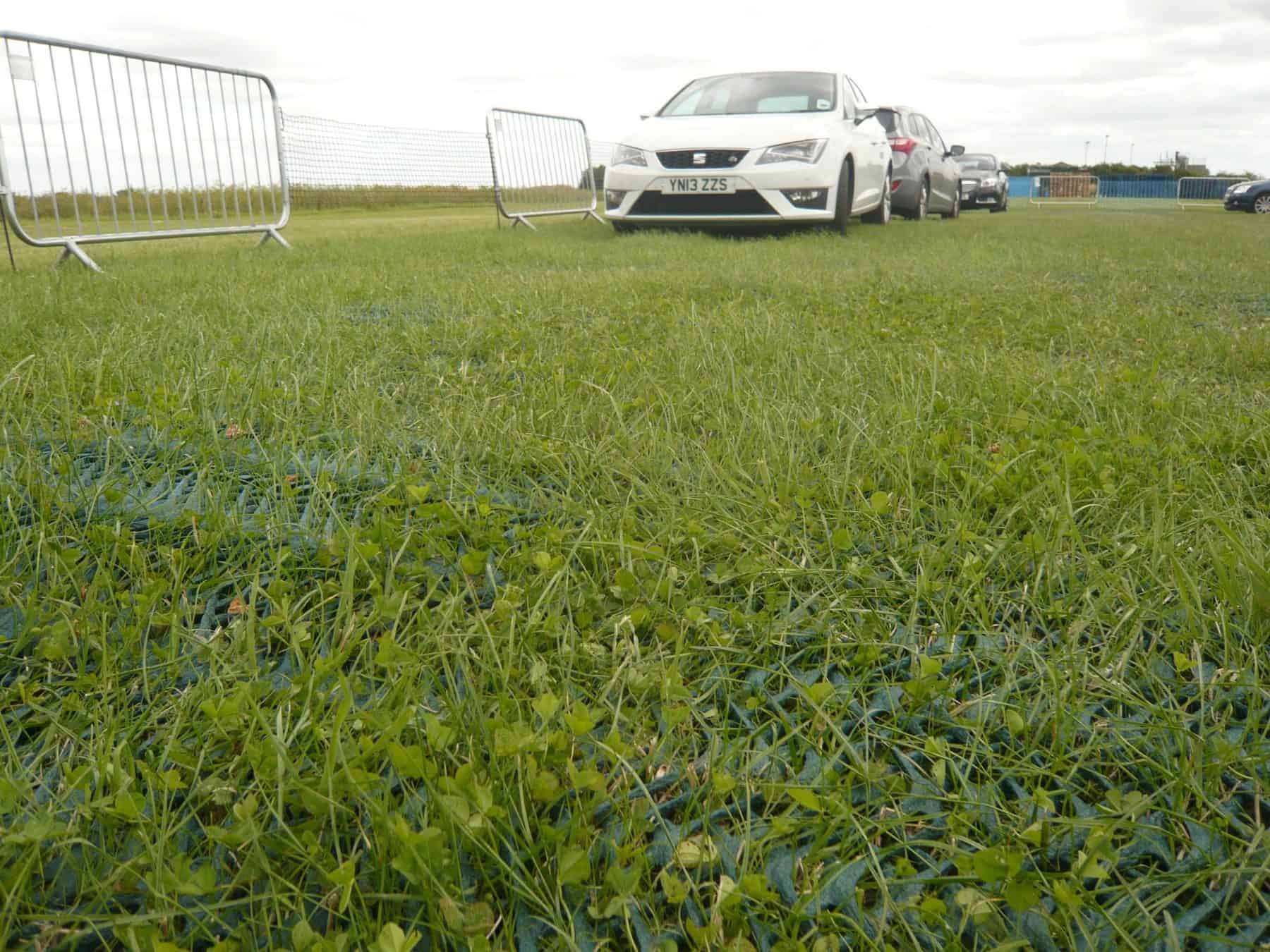
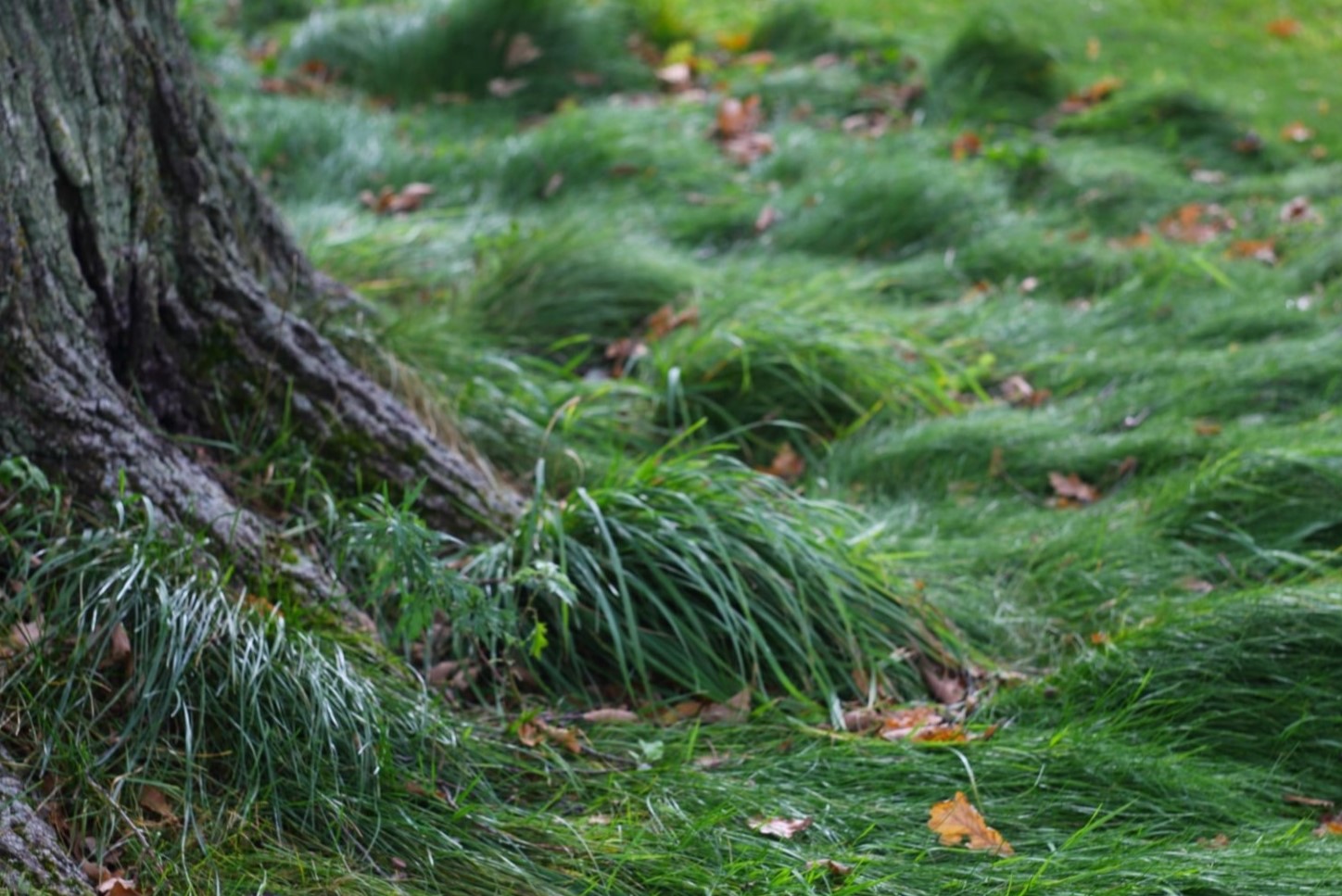
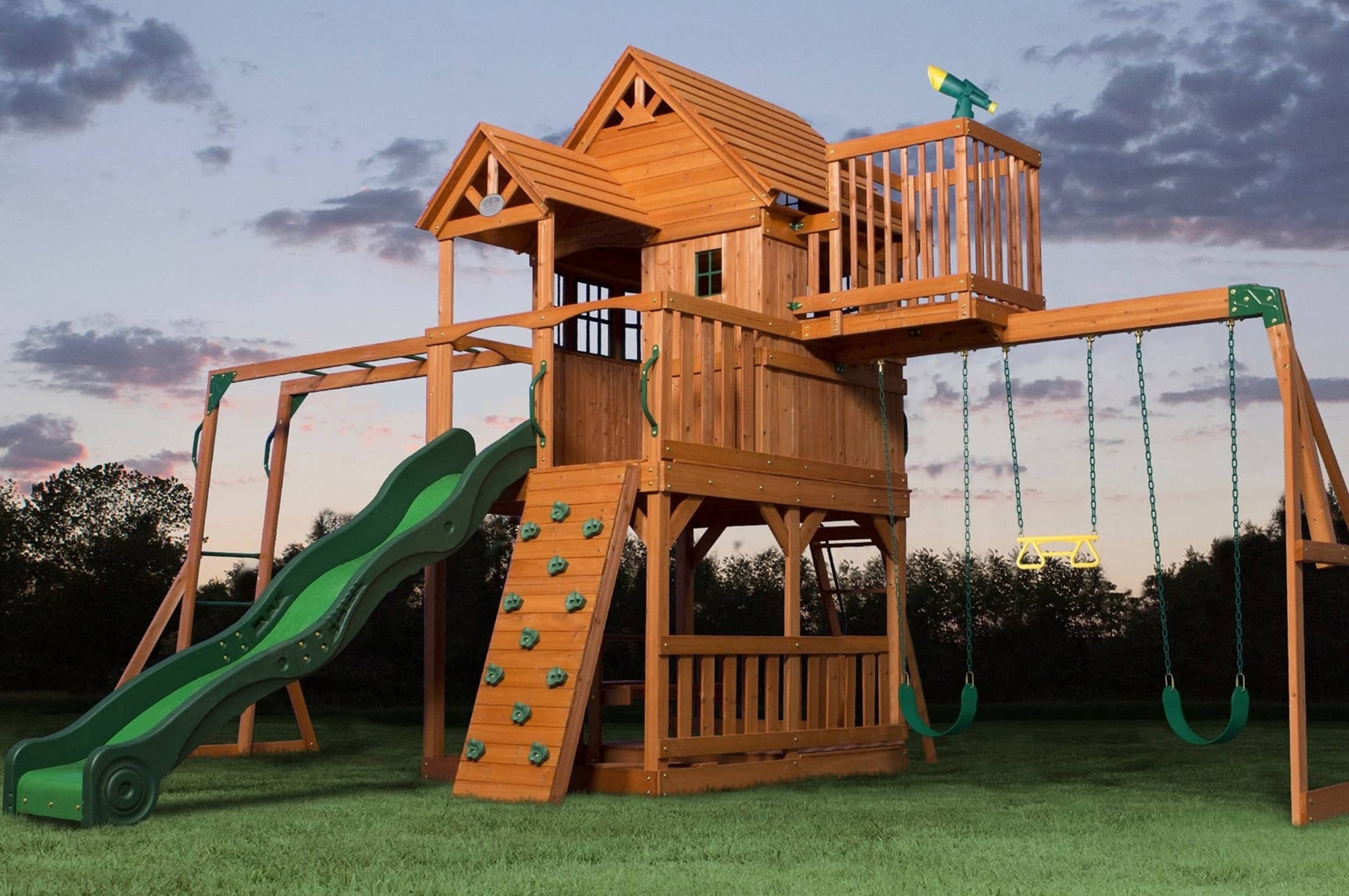

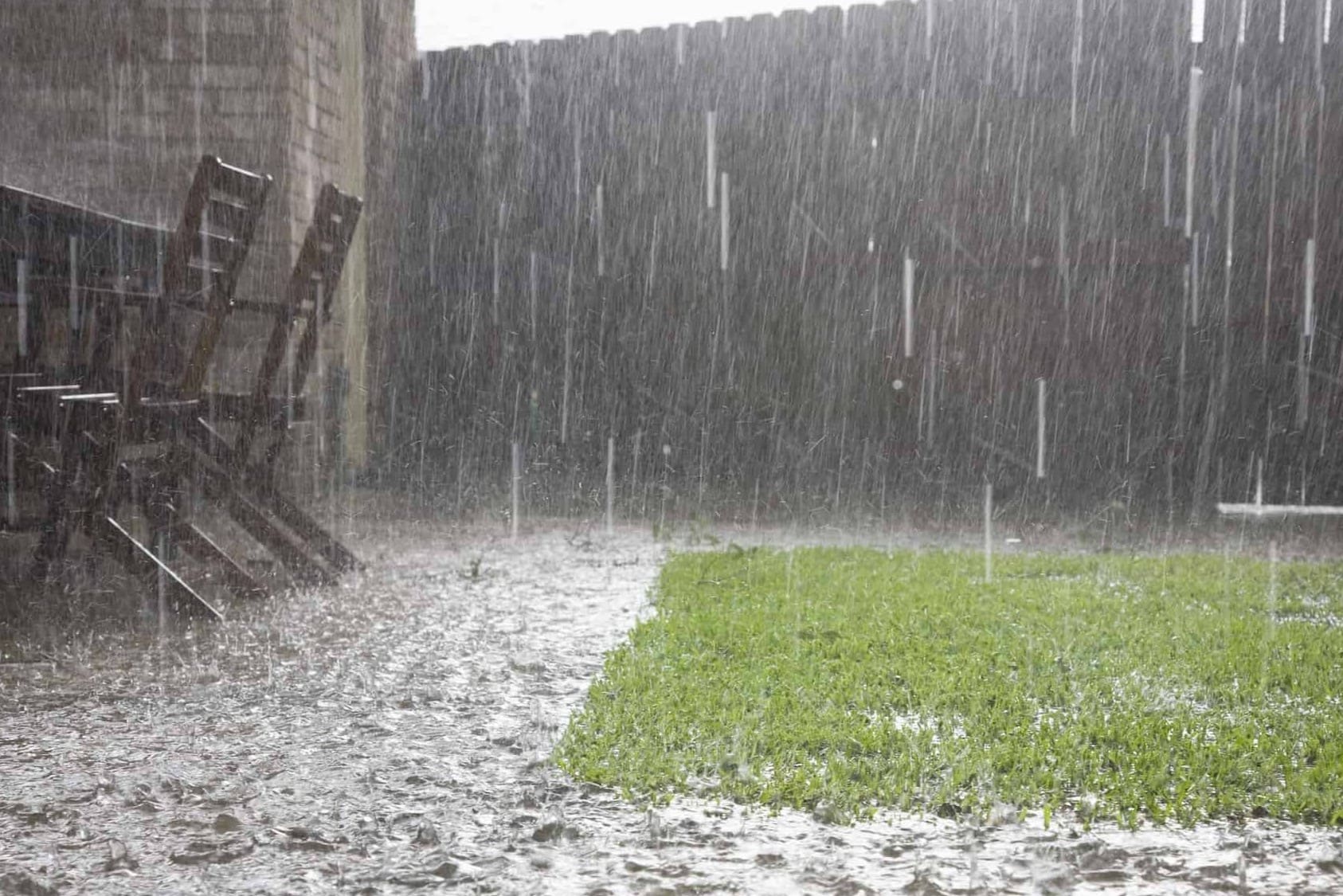
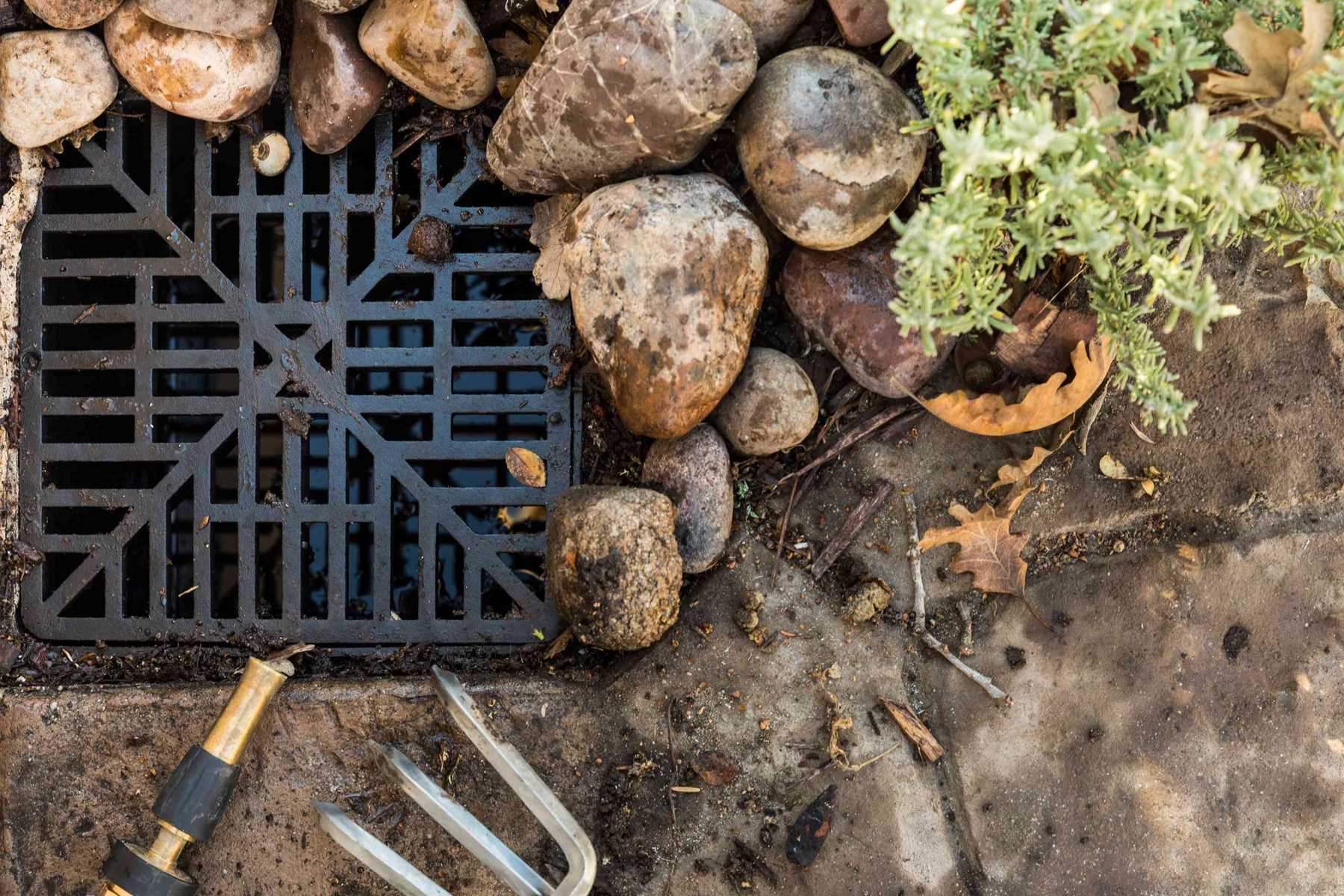

0 thoughts on “How To Protect Grass Under A Swing”